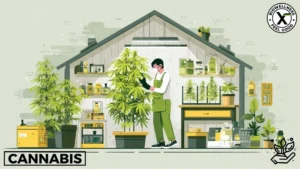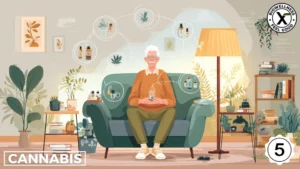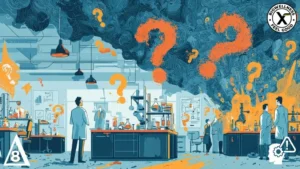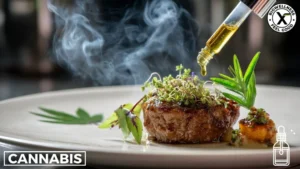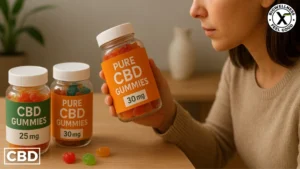key points
Let’s be real: if you’re shopping for cannabis, one of the first things you check is the THC content. It’s kind of like checking the ABV on a craft beer. It tells you how much THC you’re actually getting, which directly impacts how mellow, giggly, or locked to the couch you might feel. Once upon a time, a typical cannabis flower tested around 10% THC. Today? Thanks to advances in breeding cannabis strains and growing techniques, you can easily find flower hitting 25% or more. And that’s why there’s such a hot debate about THC potency caps.
Should we limit how strong weed can be? Or is that like telling adults they can’t have a double shot of espresso because it might be “too much”? Whether you’re a patient, casual user, or industry insider, it’s a question worth pondering.
Medical Cannabis Considerations
Now let’s dive into the world of medical cannabis, because when it comes to people’s health, things get personal. For many patients with qualifying conditions like chronic physical ailments, rejuvenating cannabis use isn’t recreational—it’s essential to their well-being. And sometimes higher THC is what finally brings relief. That’s why legalized cannabis laws in states like California exist: to ensure folks can access what they need under a physician’s recommendation.
But capping THC can be tricky. Imagine telling terminally ill patients they can’t get a stronger option because it might be “too much.” On the flip side, side effects from high THC, like dizziness, paranoia, or rapid heart rate, can complicate care. Some argue for more personalized dosing, like using CBD oil alongside THC, to tailor relief without as many downsides. Whatever the approach, it’s clear that when it comes to medical use, flexibility is key.
For some, maybe that means smoking half a joint, or taking half a gummy to test personal tolerance. The golden rule is to start low and go slow.
Recreational Cannabis Implications
Now over to the fun side: recreational use.
Thanks to legalized recreational markets, millions of adults can now purchase cannabis legally. They explore everything from classic joints to artisan infused products that look more like gourmet pastries. With so many options, questions pop up fast: How strong is this? How much should I take?
That’s where potency caps and serving guidelines come in. A standard dose is usually around 5-10mg per serving, and many states also regulate per package totals. But is that enough for everyone? Some seasoned users may roll their eyes at a 10mg limit, while newcomers are grateful not to accidentally eat more cannabis than planned and turn a chill afternoon into a cosmic odyssey.
In the end, a little guidance goes a long way. Especially in places like Washington state, where personal cultivation isn’t even allowed for recreation, meaning you can’t just grow six plants at home to control your own supply. Instead, everyone’s relying on what the dispensaries offer, making smart rules all the more important.
Public Health Concerns
Of course, behind all this is the big question of public health. High THC products, particularly THCp and cannabis concentrates that can reach 80% THC or more, raise concerns. Heavy use has been linked to increased anxiety, a higher risk of dependence, and even psychosis in rare cases. It’s why some health experts advocate for potency caps: keep things reasonable to reduce harm.
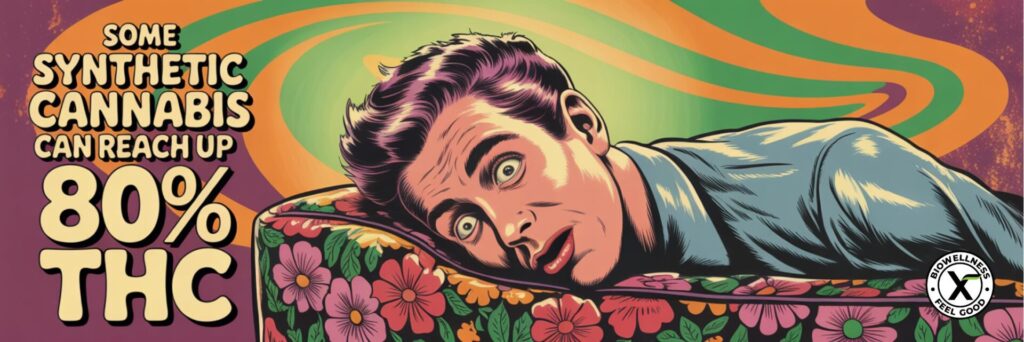
But others argue that restrictions might backfire, driving consumers to illegal dealers who ignore safety or possession limits entirely. Then you’re right back to untested, potentially contaminated products. That’s why smart education campaigns that focus on responsible smoking, dosing, and recognizing risks are so important. It’s also why many support clear labels showing THC per serving, to help people make informed choices, kind of like knowing the difference between a light beer and a whiskey neat.
THC Potency Limits
So what do THC potency limits actually look like? Often, it’s different by product type. A state might limit flower to 35% THC, set caps on per serving or per package amounts for edibles, and come down harder on concentrates. It’s all meant to protect consumers, particularly newbies, from overdoing it.
Critics argue these limits are arbitrary and could stunt innovation.
Why tell a manufacturer they can’t develop a new high-potency vape if customers clearly want it? Meanwhile, supporters counter that without rules, the market could turn into an arms race for the strongest products, making it harder for people to safely navigate choices. The sweet spot might be better labeling, clear dosage info, and smarter education, rather than blanket bans.
Navigating Regulations and Compliance
For cannabis companies, it’s not just about THC caps. There are layers upon layers of compliance issues. From strict testing to child-proof packaging, maintaining cannabis control is serious business. Companies also have to manage taxes, zoning, and security requirements to keep everything by the book.
This patchwork of current laws means what’s fine in one state might be a major violation in the next. For example, rules on home cultivation vs. buying from a dispensary differ dramatically, as do rules on transporting products. Compliance isn’t just about avoiding fines, it’s about keeping the market stable, building consumer trust, and proving that cannabis can be as responsibly regulated as alcohol or other controlled substances.
Future Implications
So where does this all go?
The conversation about THC caps is really a conversation about balancing freedom, safety, and smart policy. We don’t want reckless use leading to more ER visits. But we also don’t want to infantilize adults or push them toward the illegal market. Most experts agree: we need better data, more nuanced rules, and ongoing flexibility. Whether it’s a cap on concentrates, clearer warnings on cannabis labels, or better public health campaigns, we’re still figuring out what works.
As laws evolve, the cannabis world will keep experimenting, including legislators, scientists, growers, and of course, consumers. Because whether you’re buying a mild edible for anxiety, rolling a joint with friends, or exploring a medical recommendation to manage physical discomfort, cannabis is officially here to stay. The trick is making sure it’s done right.
Final Thoughts: Exploring THC Potency Caps
The cannabis industry is still in its awkward teenage years—full of energy, creativity, and yes, plenty of mistakes. As states keep tweaking laws and new legislation rolls out, the big goals are pretty clear: keep consumers safe, protect kids, crack down on the illicit market, and let responsible adults enjoy their product.
Whether you’re someone using cannabis to manage chronic aches, physical discomfort and soreness under a physician’s recommendation, trying it for recreational use, or just curious about a new infused product, the future will hinge on finding that sweet spot. That means building trust, staying adaptable, and making sure every person who decides to light up, snack, or vape knows exactly what they’re getting into.
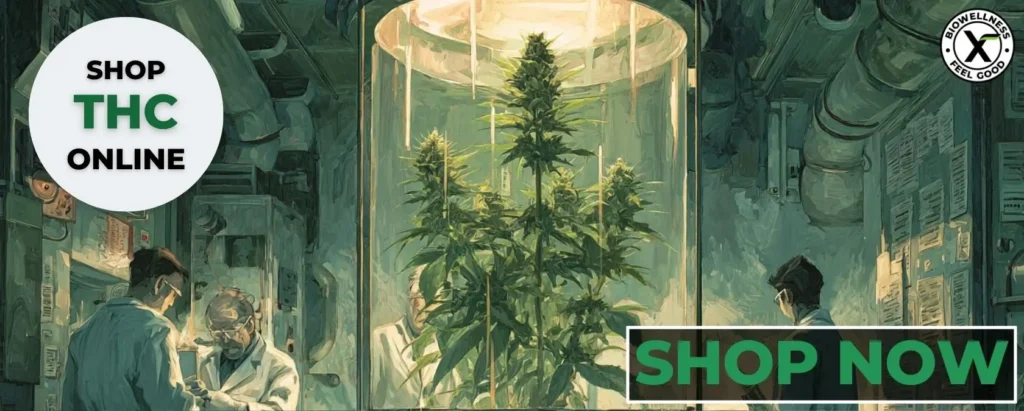
Legal Disclaimer:
By reading this information presented, you agree to release the author of any liability that comes from using this data. This post contains no legal advice. Claims about cannabinoids have not yet been approved by the FDA. This article was written in 2025, cannabis laws and regulations are subject to change. Read the full legal disclaimer here.
More Articles About Cannabis:
- What Is THCA Cannabinoid? A Beginners Guide!
- The Top 5 Cannabinoids You Need to Try
- THCA VS Delta-8 THC! What Are The Differences?
- Does CBD Work? What Does the Science Say?
- How to Find the Best THCa Flower Online
- Exploring the Potential of HHC
References
- Pew Research Center, https://www.pewresearch.org/
- Centers for Disease Control and Prevention (CDC), www.cdc.gov
- National Institute on Drug Abuse (NIDA), www.drugabuse.gov
- CBS News, www.cbsnews.com
- Sanctuary Wellness Institute, www.sanctuarywellnessinstitute.com
FAQs About THC Potency and Cap Restrictions
Because modern cannabis is far stronger than in the past, some lawmakers want caps to protect consumers—while others argue it limits choice, innovation, and patient access to effective treatment.
In rare cases, yes—especially for new users. High THC may cause anxiety, paranoia, or rapid heartbeat. That said, responsible use and proper labeling can reduce most risks significantly.
Often, yes. Many patients with chronic conditions rely on higher-potency cannabis for effective relief, making flexible dosing crucial for medical programs to work as intended.
Some states cap THC in edibles or flower, others don’t. Laws vary on cultivation, possession, and even labeling, making cannabis rules highly dependent on where you live.
Experts expect a shift toward smarter labeling, education, and data-driven limits—instead of blanket bans. The goal is balancing safety with freedom and supporting both medical and adult-use markets.


